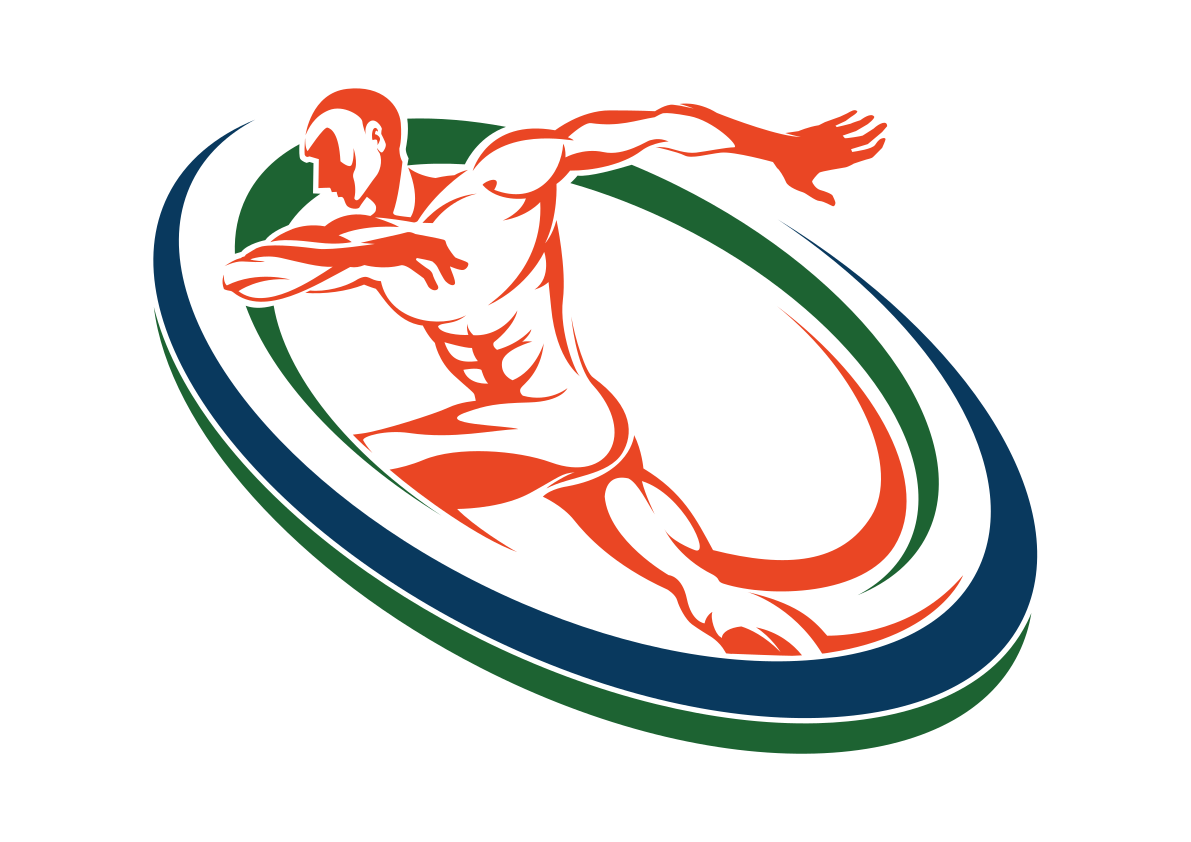PAIN UNDER YOUR RIGHT RIB CAGE? WHAT IS IT?
One common reason for pain under your right rib cage is trigger points in your diaphragm muscle. The diaphragm is a large, flat muscle that runs across the bottom of your chest cavity and separates your chest from your abdomen. It is responsible for helping you breathe. Trigger points are small knots that form when the muscle becomes tight or irritated. When they press on sensitive structures, or they remain tight for too long, they can cause pain under your right rib cage. The diaphragm muscle can develop trigger points in response to stress, poor posture, or overuse. Fortunately, trigger points can easily be released with trigger point therapy, Active Release, myofascial therapy, or other soft-tissue manual therapies.
Another possible cause of pain under your right rib cage is a muscular imbalance. The muscles in the right side of your rib cage may be tighter than those on your left, resulting in pain and discomfort. This imbalance may be due to poor posture, repetitive motions, or an injury. Treatment typically involves stretching and strengthening exercises, or foam rolling to correct your imbalance.
There are several other potential causes of pain under the right rib cage, including costochondritis (inflammation of the cartilage that connects the ribs to the breastbone), heartburn, pancreatitis, and gallstones. If you are experiencing pain under your right rib cage, it is important to see your medical doctor to rule out the more serious causes. If your medical doctor determines there are no serious causes, your next step is to see a chiropractor who performs trigger point therapy and myofascial release to release the trigger points and knots in your diaphragm muscle.
Remember; in most cases you do not have the more serious condition. The majority of the time, the pain you are feeling is coming from tight, spasmed, fatigued muscles.
If you are in the San Mateo, California area, Dr. John Blenio of High Amplitude Health Chiropractic and Sports Injury performs trigger point therapy and myofascial release on the diaphragm.
